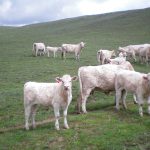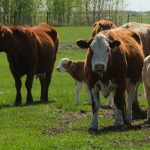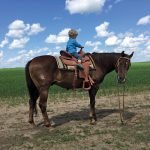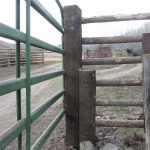During the latter half of June, Alberta packers were buying fed cattle in the range of $170-$173 f.o.b. the feedlot in southern Alberta. The market was up $2 to $3 from 30 days earlier. Prices were marking fresh 52-week highs as feedlots in Western Canada contend with a backlog of market-ready supplies. The fed cattle […] Read more













